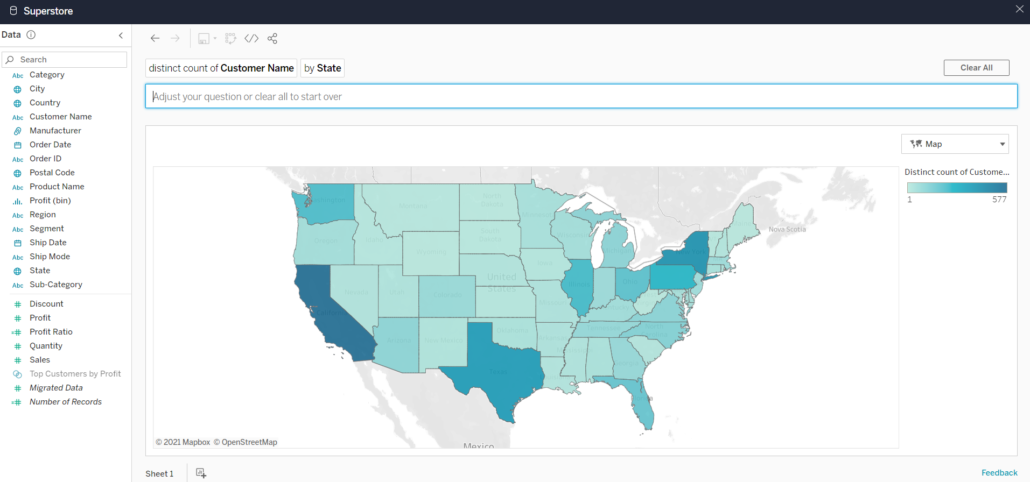Connecting the Past to the Future
The past decade has seen a tremendous shift in how we consume analytics – from enterprise, templated, and paginated reporting to interactive, embedded dashboards with ML-augmented capabilities. It’s no surprise organizations have been eager to put these new tools in the hands of their employees. Unfortunately, they quickly realized a lift-and-shift approach for BI platforms requires extensive planning and training because of the fundamental differences between how legacy and modern BI tools address reporting needs.
Enterprise reporting has been the standard for decades. It’s what many business leaders and users alike are used to – and for good reason. Consumers could receive reports tailored to their individual needs and in various formats (PDF, CSV) on a scheduled cadence that contained all of their KPIs and performance metrics. Within the legacy BI space, organizations have been able to scale this extremely custom and robust reporting solution to their hundreds of users with great success for many years.
But in the age of big data, enterprises needed to approach data discovery and analysis differently. Data analysts became a highly valued and growing community within organizations. Companies rightly prioritized empowering these analysts to better leverage their technical skills and business acumen to drive meaningful impact. This meant migrating to modern BI platforms that favored interactive dashboards over reports numbering in the tens-of-hundreds of pages.
Among the many challenges of migrating from legacy to modern platforms was the reality that legacy users could no longer access reports with the same look and feel they’d grown accustomed to for years. Companies found that even with robust migration strategies, careful execution, and exhaustive change-management programs, they were left with reporting needs that neither a legacy system or modern BI tool could meet on its own. Instead, they had to maintain multiple systems to meet analysts’ needs for powerful dashboards and legacy users’ needs for robust operational reports.
Bridging the Gap
So – how do organizations move to a platform that incorporates the modern analytics movement of cloud-based, self-service and augmented analytics, while also creating limited friction for users entrenched in legacy reporting models? Amazon QuickSight Paginated Reporting is beginning to bridge the gap.
This release is centered around paginated reporting, distribution and analysis – the core tenets of an enterprise reporting implementation. The disparity between platforms continues to shrink, allowing organizations to spend more time evolving their new ideas rather than reimagining existing ones. Lastly, this release addresses an important piece to a successful adoption – creating a smooth transition for the user community.
Enterprise Reporting in the Cloud
Enterprise reporting entails the delivery of insights in templated and tabular formats on a regular basis. Some users prefer fewer visualizations and more granular data, including pivot tables spanning multiple pages. Amazon QuickSight has new features that allow report authors to design, build and distribute presentation-ready formats from within the same platform.
New report creation tools
- Headers & Footers
Gives the author the ability to add custom report information within dedicated sections to make reports easier to scan and absorb - Page Margins, Padding Controls & Guardrails
New formatting tools allow authors more flexibility in customizing how reports appear - Repeating Content
Allows authors to quickly build stories by taking different slices of a particular chart and recreate them within a report
New report distribution and analysis tools
- Custom schedules with enhanced features
Gives administrators the flexibility to address the wide variety of distribution requirements from the user community - Historical snapshots
Allows administrators to audit report delivery and track usage to inform scheduling - PDF or CSV
Provides two options so users can receive reports in the desired format for effective analysis
Amazon QuickSight customers can rely on ongoing innovations. Some AWS releases feature exciting new technology. Other releases are about incorporating existing legacy functionality to better meet user needs. The goal is to help companies envision a future within a modern BI platform – and make getting there easier. Paginated Reporting accomplishes both.
Questions?
If you have questions about migrating to Amazon QuickSight, and how Ironside can help, email us at AscentIQ@IronsideGroup.com





